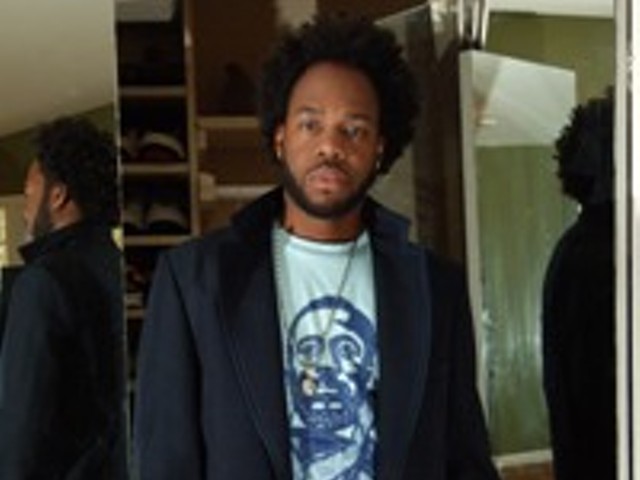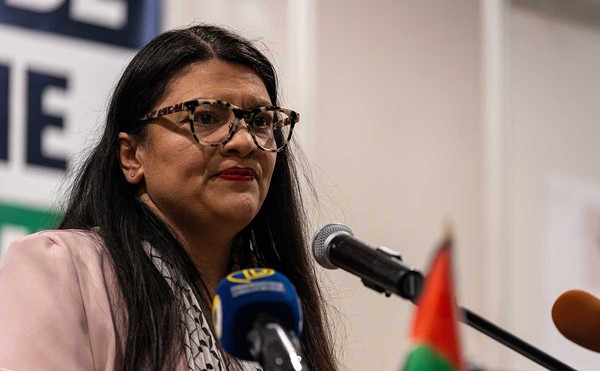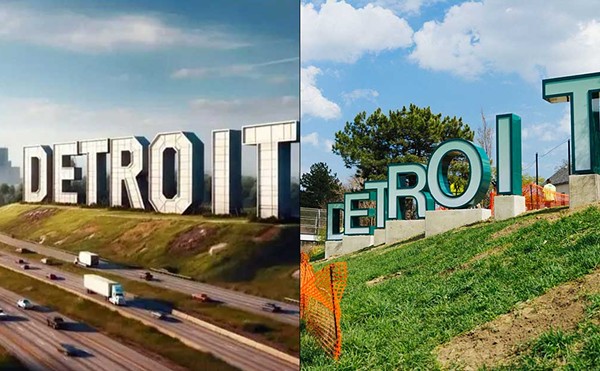The citizens of Great Britain are the most observed in the world. The country has the greatest number of surveillance cameras per capita and it’s estimated that the average Londoner gets photographed and videotaped an average of 300 times per day. As part of Detroit Film Center’s New Cinema Series this year, Los Angeles-based artist Rebecca Baron presents How Little We Know of Our Neighbors, proof that the paranoid should have worried long before the London bombing last year and even the IRA attacks of recent decades.
Baron’s video, from 2005, is a documentary about Britain’s “Mass Observation” movement, an eccentric social research project founded in 1937 by painter and documentary filmmaker Humphrey Jennings, surrealist poet Charles Madge, and ornithologist and self-styled anthropologist, Tom Harrisson.
The Mass Observation project employed volunteer subjects, logging the details of their everyday lives in an attempt to create what they called “an anthropology of ourselves.” No action or behavior seemed too mundane to observe and record — everything from how long an audience laughed at a movie to the number of times a cigarette was tapped before smoked (and which end was tapped). Their first campaign included observing people’s behavior at war memorials, the shouts and gestures of motorists, bathroom behavior, the diffusion and significance of the dirty joke, female taboos about eating and the private lives of midwives. Beyond the pursuit of empirical research, Mass Observation was a project attempting to investigate the true nature of Britain’s repressed society, and they believed the answers could be found in everyday objects and events.
Leftist photojournalist Humphrey Spender later joined the group. By utilizing concealed cameras, he created amazing photographs of everyday British life, once saying, “I believed obsessionally that truth would be revealed only when people were not aware of being photographed.”
World War II gave the group a focus: They conducted research on the public’s morale during the war and the effectiveness of the British Ministry of Information propaganda efforts. Mass Observation volunteers transformed themselves into civilian spies.
After the war, however, the group’s activities dwindled, yet also became more established. The intrepid artists and writers formed a market research firm, Mass Observation Ltd.
Rebecca Baron’s video traces the development of portable photographic cameras in the late 1880s to their quick adaptation into spy cameras. It also explores the public’s anxiety about the technology. Some of the first photographers working with the devices used them for personal voyeurism. We see a series of photographs taken of one homeowner’s maid sleeping in her bed and another series taken by a middle-aged man of neighborhood schoolgirls.
In How Little We Know of Our Neighbors, Baron constructs an elegant essay that reaches beyond the history of the Mass Observation movement and meditates on the photographic image and ideas about surveillance and privacy. In one montage, viewers see an array of surveillance camera imagery, the grainy and low-resolution texture that is, by now, familiar. Earlier footage of children manipulating remote control cameras in an amusement arcade looks like security camera surveillance of a public street. And footage culled from police cameras and such reality shows as Big Brother are barely distinguishable from one another. Baron’s video introduces various threads allowing the viewer to contemplate what is driving each act of surveillance and how technology easily shifts between being a tool of authoritarianism, art, voyeurism, entertainment and commerce.
Also screening is Mass Observation founder Humphrey Jennings’ Spare Time, a 16mm film from 1939 that’s a poetic look at the leisure time of the British working class. Jennings’ films are still an influence on filmmakers today, and this is one of the few 16mm prints available in the United States, on loan from the Museum of Modern Art. Rounding out the program is Baron’s 1995 film Idea of North. The New Cinema Series starts at 8 p.m., Saturday, Oct. 21, at the Detroit Film Center, 1227 Washington Blvd., Detroit; 313 -961-9936.
David Dinnell writes about experimental film and video art for Metro Times. Send comments to [email protected]




